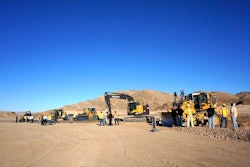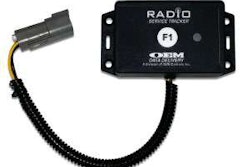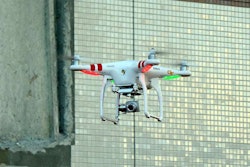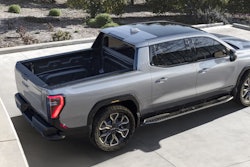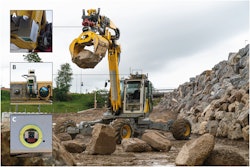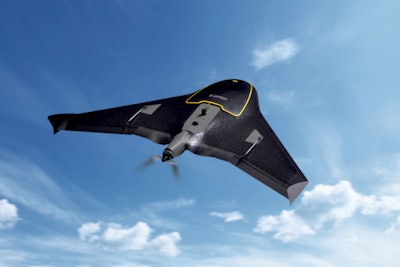 Trimble’s UX5 fixed-wing drone
Trimble’s UX5 fixed-wing droneThough the Federal Aviation Administration has largely dropped the ball with regard to establishing regulations for commercial drone flights, the agency has at least acknowledged the great potential the technology holds for the construction industry.
The agency recently granted exemptions to its ban on commercial drone flights to three companies in the construction industry.
Construction technology provider Trimble, Chicago-based design-build contractor Clayco and Dayton, Ohio-based survey, design and engineering firm Woolpert were given permission by the FAA to fly unmanned aerial systems (UAS) for business purposes.
Though each company will use their respective UAS differently, all agreed to only operate drones weighing less than 55 pounds and to keep the aircraft within the operator’s line of sight at all times.
Trimble’s exemption allows the company to operate its UX5 drone, a 5.5-pound, fixed-wing aircraft starting at $50,000. The rugged UX5 is designed to work in all weather conditions and has a 16.1 megapixel camera with a large imaging sensor and custom optics allowing it to capture data down to an incredible 2.4 centimeters resolution. The company tells Engineering News-Record it hopes the FAA exemption is a first step in being able to sell the drone to U.S. companies rather than being limited to public entities and customers in countries with looser regulations as it is now. You can read how one Icelandic engineering firm uses the UX5 for surveying here.
Contractor Clayco said it will use its exemption to pilot Skywatch multi-rotor drones to monitor construction sites. Woolpert announced it will fly Altavian Nova Block III drones to map sites in rural Ohio and Ship Island, Mississippi. The Altavian drones weight 15 pounds each and measure 5 feet in length with a 9-foot wingspan.
Any company in construction granted such an exception is good news for the industry. As is the case with other industries, several applications for drones have been identified for construction and many worry that the FAA’s lack of regulation is holding the technology back. These exemptions are especially valuable now as it appears we’re more than two years away from the final rules on commercial flights being issued, despite the fact that the deadline for the rules was originally set for 2015 .
